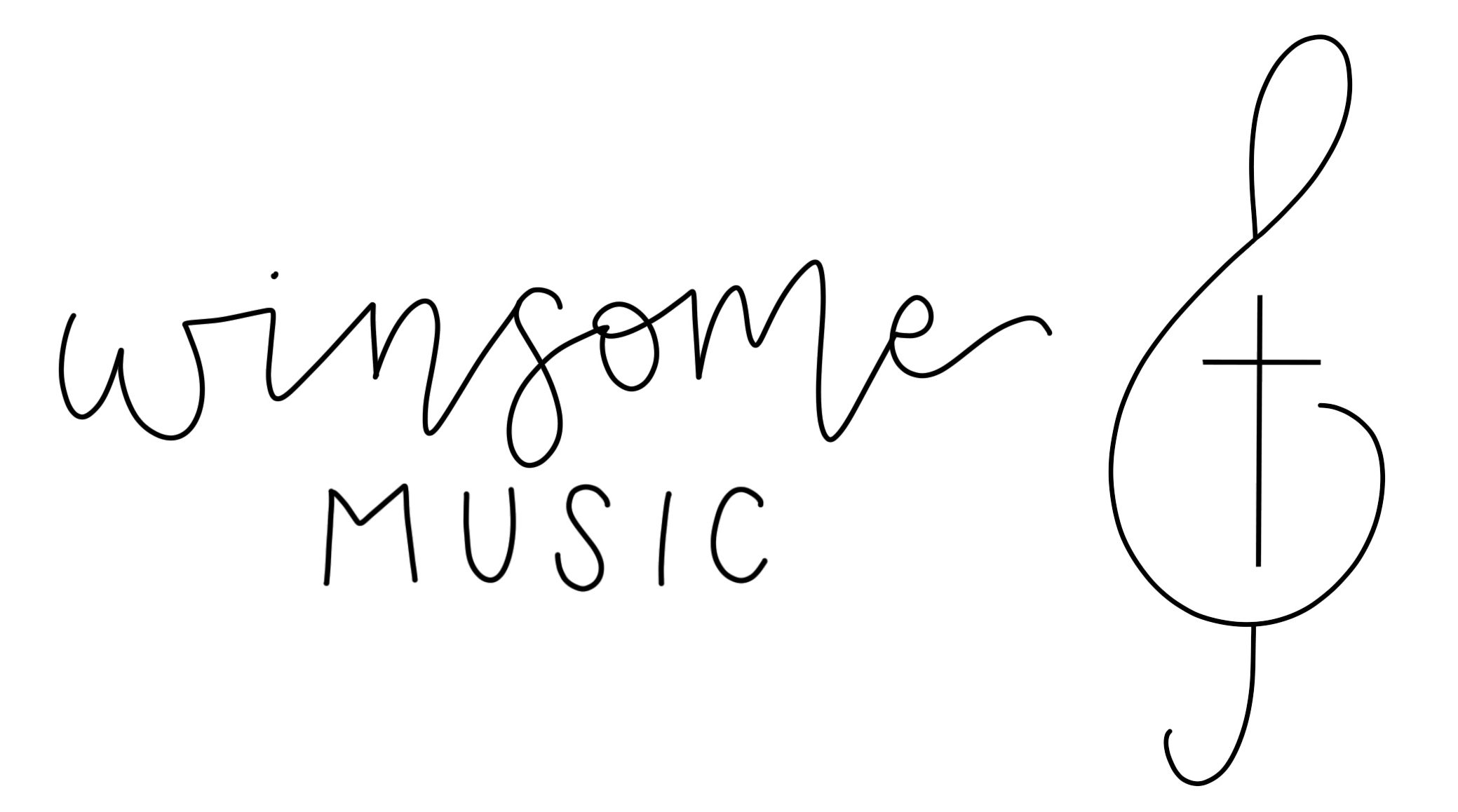In my final 2014 International Jazz Day post, I want to share a way to get your students participating in jazz instead of only consuming jazz. Jazz is truly a participation sport and its only when people start allowing jazz to pulse through them that they start to appreciate and enjoy jazz music.
There is no better way to internalize jazz music than through improvisation. At the heart beat of jazz, improvisation is the way individuals take ownership of the music and start making it “their own” (sorry for the overly used cliche). Many people are intimidated by improvisation but with the right tools, improv can be fun and liberating. Surprisingly, even very young students can be successful improvising!
Improvising on Orff with the Blues Scale
I got a new set of Orff instruments at the beginning of the school year and am absolutely in love! For Jazz month, I have set up the instruments in the E Blues Scale, which is the key that works best on the Orff instruments.
Lesson Progression for Improvising a Jazz Solo:
- Before we ever go to the instruments, we echo-sing short jazz rhythms using swing eighths – I use the ascribe to the Gordon rhythm syllable system so I use
- Next, I spend some time discussing the Blues scale with my students and listening to and playing the notes in the scale.
- Send students to instruments or set students at instruments depending on the number of instruments you have (rotations and pairs are great when you have more students than instruments). Echo-sing/play rhythm patterns – teacher sings and students play after (echo). For younger kids, I have them echo on whatever they pitch they want in the E Blues scale but they have to play my rhythm. For older students, you could make it more challenging by singing pitch names that they have to echo on their instrument with correct rhythm and pitches. For example, using the first rhythm above, sing “E D E G A G E” and the students play it back to you. We do this to give the students the melodic and rhythmic building blocks to use in their own improvised solos later. This step is essential to having successful improvisation.
- Using an E Blues backing track, like this one or this one, demonstrate improvising a solo on the E Blues scale for 12 bars.
- Divide students into small groups (it works best with 2-4 students). Each small group gets one 12-Bar progression to improvise a solo. This is beneficial for students to have time to experiment and experience without the pressure of playing alone. Students feel more free to play when they are not isolated.
- Allow all students to have a chance to play in small groups.
- Repeat the improvisation 12-bar progression activity but with volunteer solos. As the end of the 12-bars draws near, students raise hand and the next volunteer is chosen. I never make anyone perform a solo. If you allow it to be voluntary, eventually all students will want a chance to improvise alone. Making someone solo at the elementary level who is not comfortable with it could cause irreversible anxiety in the future!!!
NOTE: These are 5th grade students who worked on this lesson for a total of about 20 minutes before this video was shot. You can see how little time it takes and how quickly students feel comfortable and successful with this activity. I have done this activity with as young as 1st graders although I do not have any video evidence of it! (Mental note, video 1st graders!!)
This is Part Three of a Three-Part Series. Here are the other articles in this series:
- Jazz Month and International Jazz Day: Part One – Resources
- Jazz Month and International Jazz Day: Part Two – Playing the Blues on Boomwhackers
- Jazz Month and International Jazz Day: Part Three – Improvising Jazz Solos on Orff




